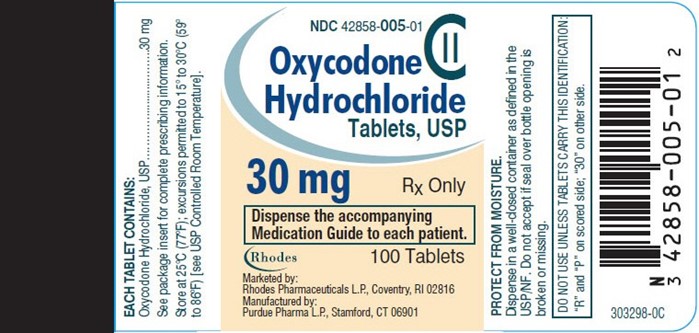Oxycodone hydrochloride 30 mg is ordered for a patient with pain after surgery. The patient rates the pain at a level of 8/10. Liquid oxycodone hydrochloride 20 mg/mL is available.
How many mL should be administered by the nurse?
0.5 mL
1 mL
2 mL
1.5 mL
The Correct Answer is D
This is a dosage calculation problem. To solve it, we need to use the formula:A
Desired dose ÷ Available dose × Available quantity = Quantity to give
In this case, the desired dose is 30 mg, the available dose is 20 mg/mL, and the available quantity is 1 mL. Plugging these values into the formula, we get:
30 ÷ 20 × 1 = 1.5
Therefore, the nurse should administer **1.5 mL** of liquid oxycodone hydrochloride to the patient.

Nursing Test Bank
Naxlex Comprehensive Predictor Exams
Related Questions
Correct Answer is B
Explanation
Step 1 is Convert pounds to kilograms 110 lb ÷ 2.2 = 50 kg
Step 2 is Calculate dose in micrograms per minute 50 kg × 200 micrograms = 10,000 micrograms/min
Step 3 is Convert micrograms to milligrams 10,000 micrograms ÷ 1000 = 10 mg/min
Step 4 is Convert mg/min to mg/hr 10 mg × 60 = 600 mg/hr
Step 5 is Determine concentration of esmolol in mg/mL 2.5 grams × 1000 = 2500 mg 2500 mg ÷ 250 mL = 10 mg/mL
Step 6 is Calculate infusion rate in mL/hr 600 mg/hr ÷ 10 mg/mL = 60 mL/hr
Correct Answer is A
Explanation
The nurse should administer 0.35 mcg of medication to the infant.
This answer is correct because it is based on a simple multiplication calculation. The nurse should multiply the prescribed dose per kilogram by the infant's weight in kilograms to get the total dose in micrograms, as follows:
0.05 mcg/kg x 7 kg = 0.35 mcg
Therefore, the nurse should administer 0.35 mcg of medication to the infant.
Whether you are a student looking to ace your exams or a practicing nurse seeking to enhance your expertise , our nursing education contents will empower you with the confidence and competence to make a difference in the lives of patients and become a respected leader in the healthcare field.
Visit Naxlex, invest in your future and unlock endless possibilities with our unparalleled nursing education contents today
Report Wrong Answer on the Current Question
Do you disagree with the answer? If yes, what is your expected answer? Explain.
Kindly be descriptive with the issue you are facing.
